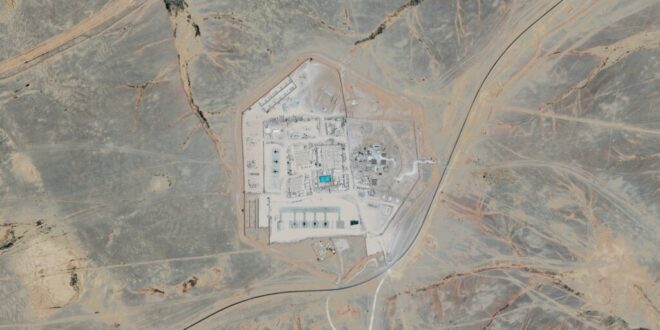Latest Developments
The State Department designated an Iran-backed Iraqi militia — Harakat Ansar Allah al-Awfiya (HAAA) — on June 17 as a Specially Designated Global Terrorist group. State also designated HAAA’s secretary general, Haydar Muzhir Ma’lak al-Sa’idi. The designees are part of the Islamic Resistance of Iraq (IRI), an umbrella group comprising multiple Iran-backed militias. “The IRI has claimed responsibility for dozens of recent attacks against U.S. military personnel in Iraq and Syria,” the State Department noted. These attacks include the drone assault on Tower 22 in Jordan that killed three U.S. servicemembers in January.
Expert Analysis
“Recurring threats and attacks by Iraqi militias, armed with weapons provided by their primary patron, Iran, have targeted U.S. personnel and American allies in the region. These militia groups and other Iranian-backed entities serve as a tool for the regime to expand its influence and sow chaos in the region. Tehran seeks to project its power and undermine regional stability through this network of proxy forces.” —Joe Truzman, Senior Research Analyst at FDD’s Long War Journal
“The Islamic Resistance in Iraq has epitomized Iran’s entrenched proxy network over the past eight months of the war. The group has explicitly partnered with other regional Resistance Axis groups, namely the Bahraini Saraya Al Ashtar and the Houthis in Yemen, to attack Israel. Given the current situation, Israel faces the Iranian threat on all fronts, and these groups are getting more emboldened. Therefore, it is essential to deter them for both short-term and long-term stability in the region.” — Ahmad Sharawi, FDD Research Analyst
Attacks on U.S. Forces
Between October 17, 2023, and February 4, 2024, Iranian proxies attacked U.S. forces 165 times in Iraq, Syria, and Jordan. The United States responded only with approximately nine limited airstrikes before the fatal Tower 22 attack in Jordan. After that attack, the United States responded by striking 85 targets in Iraq and Syria on February 2. Less than a week later, a U.S. drone strike in Baghdad killed an Iran-backed Kata’ib Hezbollah (KH) commander who was responsible for attacks on U.S. forces. After that U.S. military action, there were no more attacks on U.S. forces in Iraq, Syria, or Jordan for at least 75 days.
On April 22, U.S. forces at Al-Asad Air Base in Iraq shot down approximately two drones, according to U.S. officials. This was the second attack in 24 hours against U.S. troops, coming after Iran-aligned militants targeted U.S. forces in Rumalyn, Syria, with multiple rockets. The Pentagon confirmed “two unsuccessful attacks on U.S. forces in Iraq and Syria,” which were the first against U.S. troops there since February 4. A group reportedly affiliated with KH claimed that attacks on U.S. forces had resumed. However, this statement was quickly denied by KH’s official Telegram page, which stated that the allegation was “fabricated news.”
Iran-Backed Iraqi Militias Target Israel
On June 14, an Iraqi militia claimed responsibility for targeting an Israeli military base in the Golan Heights. The next day, the Israel Defense Forces (IDF) said that it intercepted a “suspicious aerial target” approaching Israel from the direction of Iraq. The IDF intercepted the projectile before it crossed into Israeli territory. “Sirens sounded in the area of Na’ura in northern Israel following the possibility of fallen debris from the interceptor,” the IDF said. On June 16, Iran’s state-run Press TV reported that the IRI had targeted Haifa “with an advanced cruise missile” in a separate attack the day before.
 Eurasia Press & News
Eurasia Press & News

